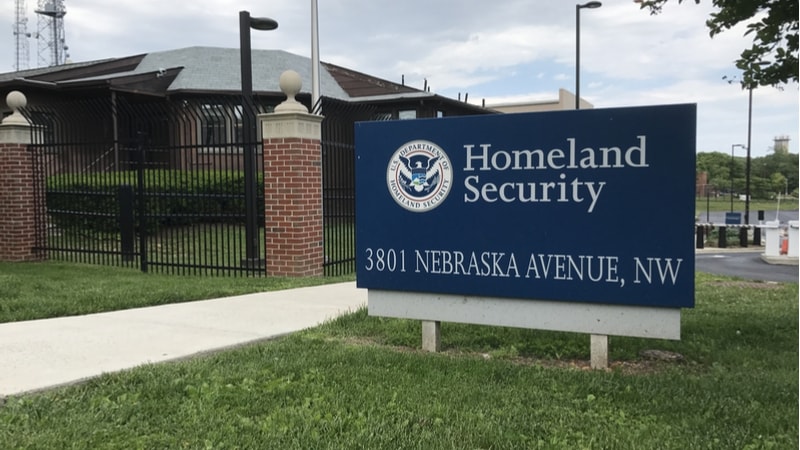
Department of Homeland Security Chief Procurement Officer Soraya Correa expects the successor of DHS’ $22 billion Enterprise Acquisition Gateway for Leading-Edge Solutions II (EAGLE II) contract to arrive “before the end of the year.”
Correa, speaking Thursday at an AFFIRM luncheon, said that DHS is evaluating data and performing analyses while “taking into consideration the best-in-class contract and other strategic sourcing vehicles.”
EAGLE II is a multiple award, indefinite delivery-indefinite quantity contract that DHS says is “specifically designed as the preferred source of information technology services for the majority of the Department of Homeland Security’s (DHS’s) enterprise infrastructure and initiatives.”
The successor, tentatively referred to as EAGLE III, could be announced in the next two months, with EAGLE II set to expire in 2020.
“We’re going to focus on what are the unique needs of DHS, and how do we equip those,” Correa said, including the “requirements of our CIO community.”
But she stressed that a successor would not come without a thorough look into what other contract vehicles are available, and that she “would not write a contract for the sake of writing a contract.”
Correa joked to the crowd of acquisition professionals and government contractors, “I promise that I will leave you a Christmas present, or not,” suggesting that the end-of-year deadline may not be entirely firm, if the agency requires more time to determine how to draft the successor to EAGLE II.
Correa also spoke on the expanding interest of Other Transaction Authorities (OTAs) as a way to circumvent traditional contracting methods in the Federal government and shorten the contracting timeframe.
“An OTA is a contract. It’s a form of a contract,” Correa said. “OTAs are not any easier or harder.”
Seeking to quell the notion that OTAs are a “panacea” or that their use is solely to get businesses working with government sooner, Correa indicated that OTAs should only be used when the solution fits the requirement, and other avenues aren’t viable.
“We need to be smarter about the flexibility we already have. That’s where my focus is,” Correa said. “The OTA is one of the many tools that we have in the toolkit. But the toolkit is actually pretty big.”
DHS has been using OTAs to speed prototypes and commercial pilot programs through DHS’ Science and Technology Directorate and its Silicon Valley Innovation Program.
Correa also said that DHS’ OTA authorities are more limited than those of the Defense Department. DoD has made some headway in piloting emerging commercial technologies for government missions through the use of OTAs at the Defense Innovation Unit.
